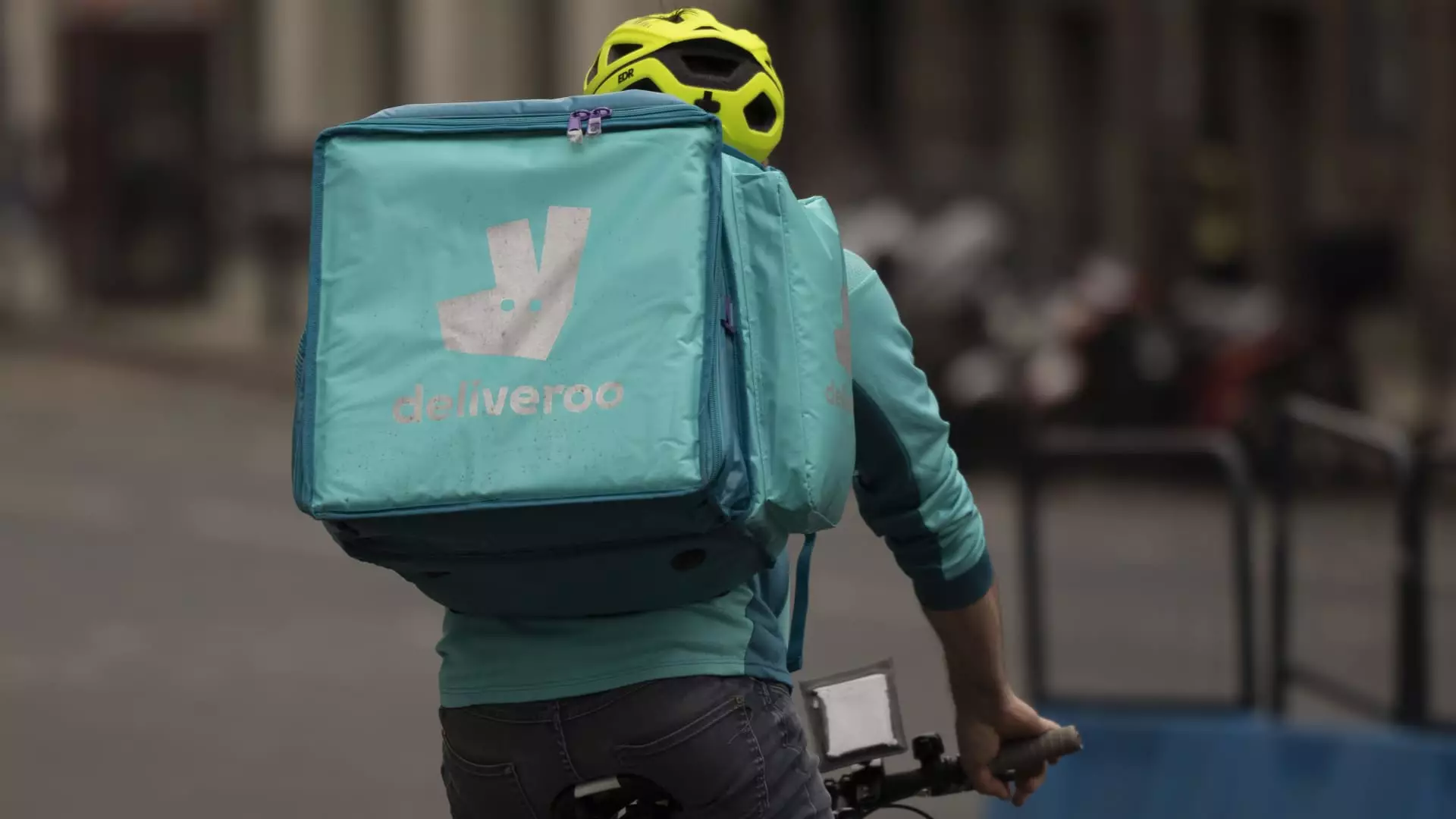The food delivery industry has undergone a seismic shift in the past few years, accelerated by the COVID-19 pandemic. Services like Deliveroo and DoorDash emerged as lifelines for consumers confined to their homes, creating a gold rush for companies in this sector. However, as the dust settles, realizing the sustainability of this boom is crucial. This has led to consolidation, as companies seek to bolster their positions in a competitive landscape rife with challenges. Amidst this backdrop, DoorDash’s recent agreement to acquire Deliveroo not only signifies strategic maneuvering but also showcases the changing dynamics of global food delivery.
Deliveroo’s Tumultuous Journey
Deliveroo’s rise was meteoric but also marred by significant pitfalls. Once hailed as a tech unicorn with vast potential, its debacle in the London Stock Exchange was disheartening for investors. A disastrous debut saw shares plummet 30%, underlining the skepticism surrounding its business model and the potential for sustained growth. The instability exacerbated by questions about the gig economy’s sustainability and fierce market competition has plagued the company since then. Although it found temporary support during the pandemic, the aftermath was a stark reminder that market conditions can shift suddenly, as experienced by Deliveroo’s dwindling share prices.
This merger won’t just absorb Deliveroo’s technology and customer base; it marks the end of a chapter that has seen many ups and downs for the firm. While the acquisition offers a lifeline, it also invites discussion about the strategies addressing the challenges faced by food delivery operators. What does this mean for the stakeholders and employees of Deliveroo? Transition can be tumultuous, sparking anxieties over job security and organizational culture under DoorDash’s leadership.
The Promise of Synergy
DoorDash’s acquisition of Deliveroo is framed as an ambitious venture that promises to bring together two complementary forces in the food delivery ecosystem. According to DoorDash’s CEO, Tony Xu, this merger will allow the combined entity to cover over 40 countries and reach more than a billion customers. This climate of ambition is laudable, but it raises questions regarding execution. Can such vast coverage translate into effective services tailored to local tastes and preferences? Each market has its own intricacies, and success will depend on how well DoorDash adapts its business model to fit various cultures and consumer behaviors.
Additionally, the deal places emphasis on local businesses, aiming to empower them with advanced tools and technology—parameters that signal a deepening commitment to community. However, the effectiveness of this promise is contingent on actual results. In an era marked by rapid changes in consumer behavior, DoorDash’s load of responsibilities is considerable. It must navigate local laws, ethical employment standards, and maintain service standards to realize the synergies it envisions.
Investor Sentiments and Future Implications
As investors reacted to the news, Deliveroo’s shares climbed, reflecting renewed optimism. Yet, the reality rests on deeper foundations. DoorDash has firmly structured its offer and threatened adjustments only in the light of competing bids. This strategic stickiness indicates confidence but also places Deliveroo stakeholders in a precarious position. Can they trust DoorDash to operate in their best interest, or will there be a clash of priorities post-acquisition?
Moreover, DoorDash’s previous moves, such as the acquisition of the Finnish app Wolt for €7 billion, illustrate a pattern of aggressive expansion, perhaps fueled by the urgency of dominating market share while grappling with profitability concerns. The challenge ahead, then, becomes fluid: can DoorDash leverage its acquisitions into a cohesive integration that strengthens its brand across all corners of its operation?
The merger’s success remains dependent on navigating competitive pressures and optimizing operational efficiencies across divergent markets filled with competitors eager to stake their claim. The investment community keenly watches as these giants shape what the next phase of food delivery might look like, testing the durability of their combined strengths against industry headwinds.
In essence, this acquisition is not merely about numbers; it’s about a strategic vision that could redefine the framework of food delivery on a global scale. In navigating these challenges lies an opportunity—a chance to pivot traditional business models into something more adaptable, efficient, and ultimately, more aligned with consumer expectations in a rapidly changing world.


Leave a Reply